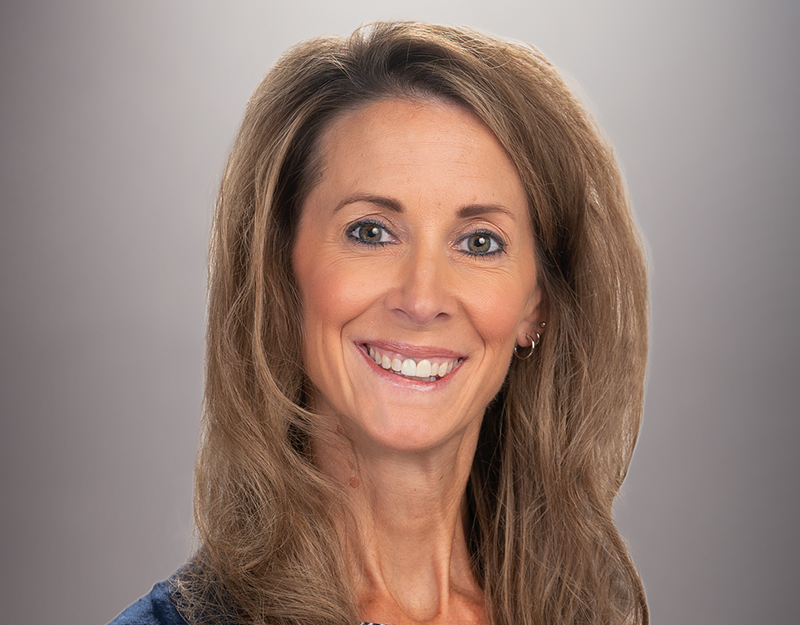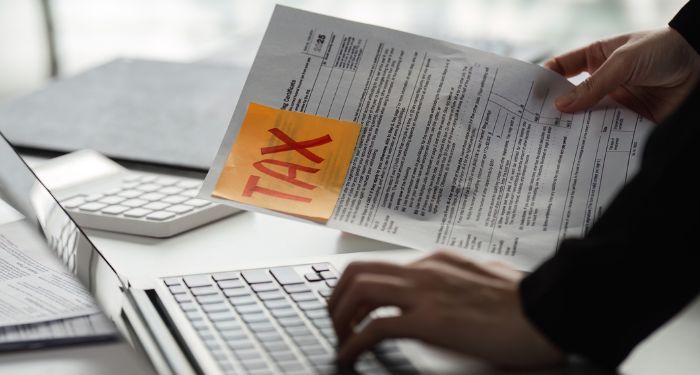SECURE 2.0: Super Catch-Ups and Roth Catch-Ups
Since the early 2000s, 401(k) and 403(b) plan participants over the age of 50 have been permitted to contribute more to their retirement accounts than the standard IRS limit. These “catch-up” contributions are particularly helpful for employees who may not have been able to save consistently earlier in their careers. However, despite the benefits of the catch-up (for instance, for 2025, the regular contribution limit is $23,500, and the catch-up amount for those 50+ is $7,500, for a total possible contribution of $31,000), policymakers acknowledged that the 50+ category was just too broad. After all, employees closer to age 50 have a number of years left until retirement, while someone who is in their early 60s may only have a few years. As a result, when discussions began for the SECURE 2.0 Act, lawmakers focused heavily on providing a boost for plan participants aged 60-63. The resolution is known as the “super catch-up.”
The Super Catch-Up
The proposed regulations on the super catch-up were issued by the IRS in January 2025 with the final regulations following in September 2025. Below are several key highlights:
- The provision is optional; however, if any plan in a controlled group offers super catch-up contributions, then all plans in the controlled group must do so to comply with the universal availability requirement for catch-up contributions.
- Generally, the limit is equal to the greater of $10,000 or 150% of the regular catch-up limit for those aged 50+ (i.e., $11,250 for 2025).
- Similar to regular catch-up contributions, super catch-up contributions are indexed for inflation annually.
- Once an individual attains age 64, he/she will revert to the standard catch-up limit.
- Certain 403(b) plans allow employees with at least 15 years of service to make special catch-up contributions. Those employees can make the special catch-up contributions in addition to super catch-up contributions.
- The IRS expects plan documents to clearly state whether the super catch-up limit is available. If a plan amendment is needed, it is subject to the same amendment deadline as SECURE 2.0’s other changes (i.e., Dec. 31, 2026).
- Although plans can allow the super catch-up starting in 2025, they must comply with the statutory provisions in good faith as the regulations do not apply until the 2027 tax year.
While the creation of the super catch-up reflects a broader shift in retirement policy, it is just one piece of the catch-up contribution changes resulting from SECURE 2.0. The more controversial provision is the “Roth Catch-Up Requirement,” which begins on January 1, 2026.
The Roth Catch-Up
The Roth catch-up mandates that “high earners” (those whose prior year Social Security wages exceed $145,000) make catch-up contributions exclusively as Roth (after-tax) contributions. Pre-tax catch-up contributions will not be permitted from this population; therefore, if a plan does not have a Roth option in place, the high earners will not be able to make any catch-up contributions.
The final IRS regulations referenced above contain discussion on the many complex aspects of this rule; however, there are various matters that plan sponsors and fiduciaries can/should address now to eliminate possible administrative burdens later:
- Review the plan provisions. If Roth contributions are not currently permitted, now may be the time to reconsider.
- Update communication and disclosure materials to ensure participants understand that future catch-up contributions may be after-tax only.
- Monitor compensation thresholds and ensure there is flexibility if the cutoff amount changes.
- Watch for guidance as there will likely be final rules and additional clarification from the IRS in the coming months.
- Document the process/decision on adding, or choosing not to add, Roth provisions.
- Advise and educate participants early and often – especially those nearing age 50.
There is no doubt that the Roth catch-up will be challenging to implement; therefore, it is essential that plan sponsors, counsel, recordkeepers, and payroll providers work closely to make the proper decisions for their plan.
Please contact us if you have questions about the information outlined above; our seasoned and experienced employee benefit plan professionals are here to help. You can also learn more on our Employee Benefit Plan services page.
About the Author

Steph joined McKonly & Asbury in 2016 and is currently a Manager in the firm’s Audit & Assurance Segment. Steph audits a broad spectrum of employee benefit plans, including 401(k), 403(b), retirement, profit sharing, health and… Read more



